Around the World in Many Days, II: Madagascar
From Ambalavao we continued south east to Ranohira, thereby moving from the red highlands of central Madagascar to the yellow savannahs of the south. In some ways, the landscape reminded us of Africa --- hot, semi-arid, and less inhabited --- just without the big wildlife.
We came here to visit the Parc National de l'Isalo, a park known
R S
11 chapters
16 Apr 2020
[Madagascar] Chapter XX: In which we come face to face with a cliff face
Isalo, Madagascar, 28-30 September 2017
From Ambalavao we continued south east to Ranohira, thereby moving from the red highlands of central Madagascar to the yellow savannahs of the south. In some ways, the landscape reminded us of Africa --- hot, semi-arid, and less inhabited --- just without the big wildlife.
We came here to visit the Parc National de l'Isalo, a park known
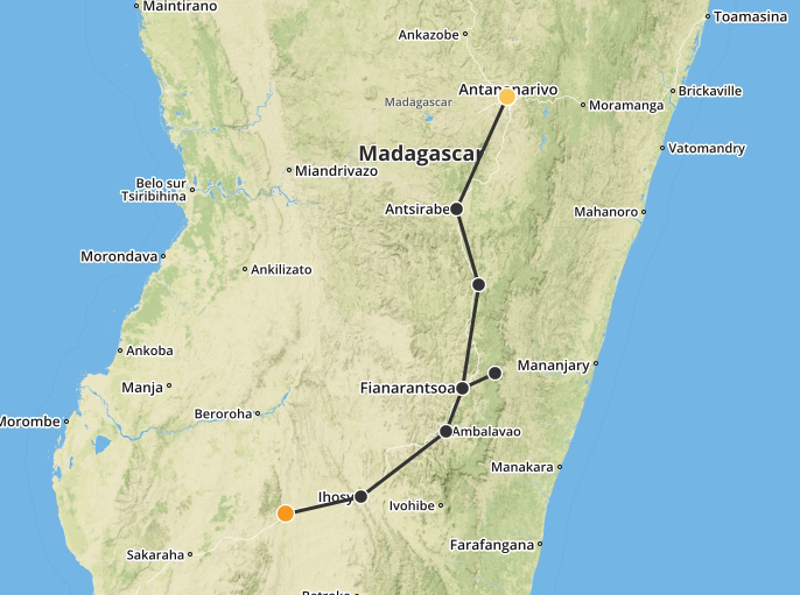
primarily for its impressive landscape, especially sandstone rock formations, desert canyons, colourful cliffs, and natural pools. And these were indeed most impressive throughout our five-hour, ten-kilometre hike in the park (the photos don't really do justice to the views).
But, as always in Madagascar, there are also unique animals and plants to see, many not found anywhere else in the world. Lemurs, naturally, take centre stage, but other life forms are at times even more spellbinding, if at a smaller scale, as the photos below will show.
Accommodations:
- L'Orchidée de l'Isalo (2 nights; ok)
Photo captions: (a-j) views of the park; (k-l) the piscine naturelle (natural pool); (m-t) Verreaux's sifaka; (u-z) red-fronted brown lemurs; (aa-dd) ring-tailed lemurs; (ee-ff) spiny-tailed iguana; (gg-hh) a small non-poisonous snake; (ii-jj) a camouflaged stick insect hanging from a branch; (kk) an elephant's foot plant (pachypodium); (ll) a periwinkle; (mm-nn) it might look like a white flower, but it is in fact an insect
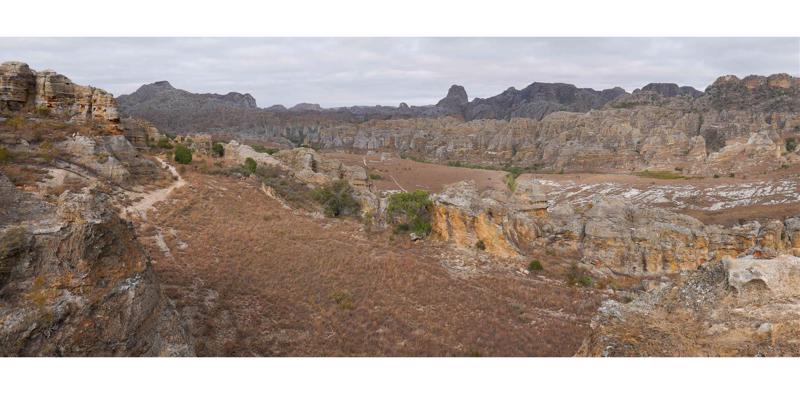
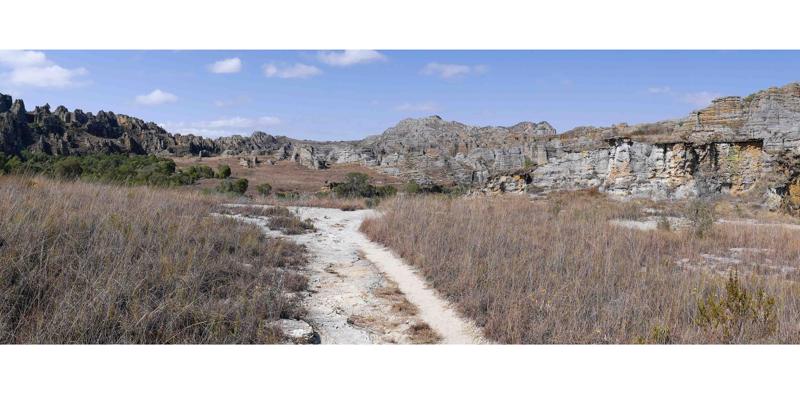
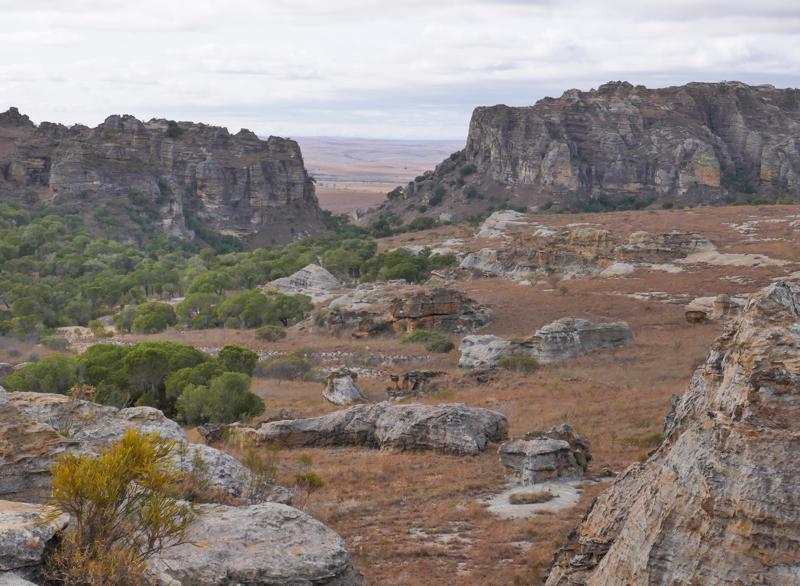
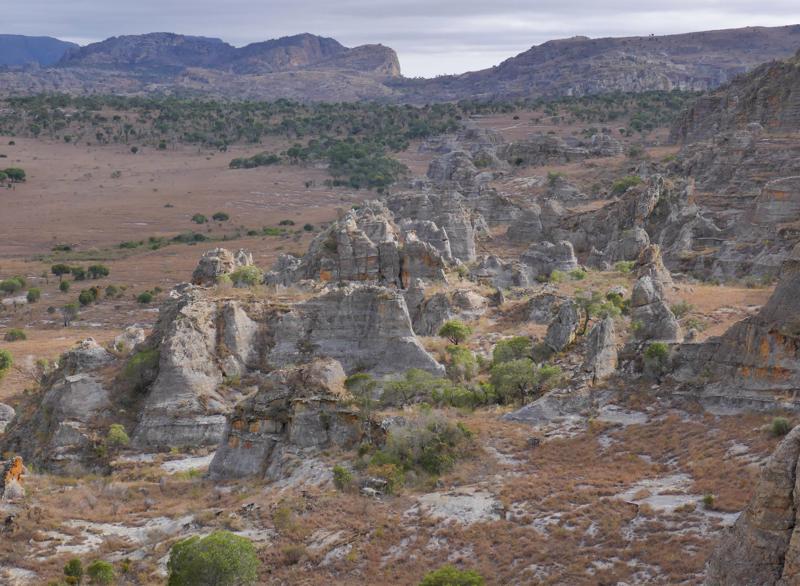
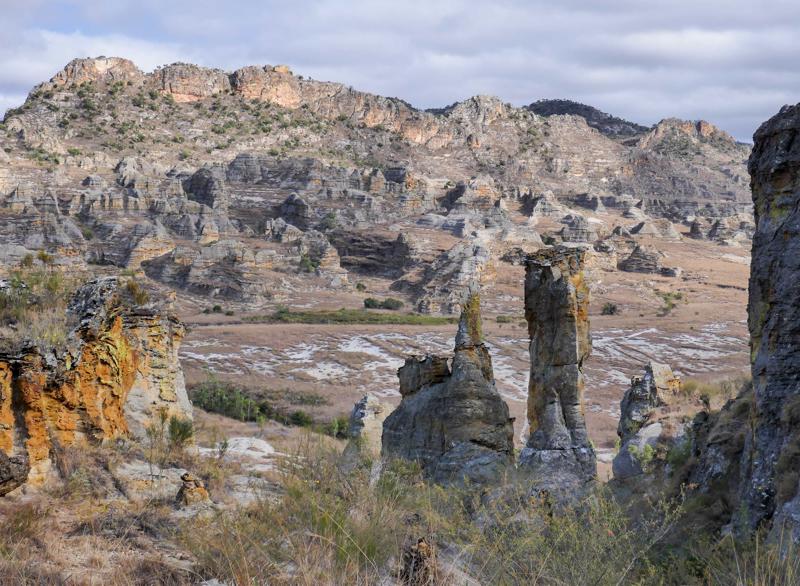


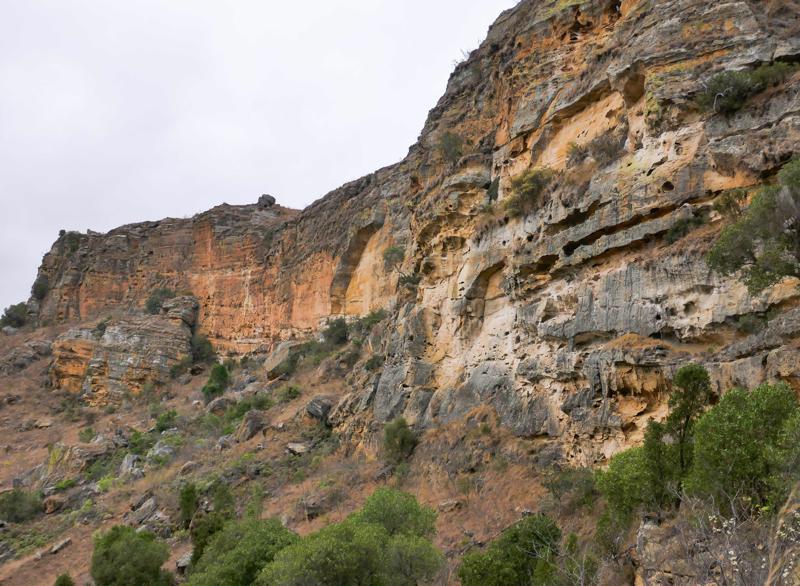


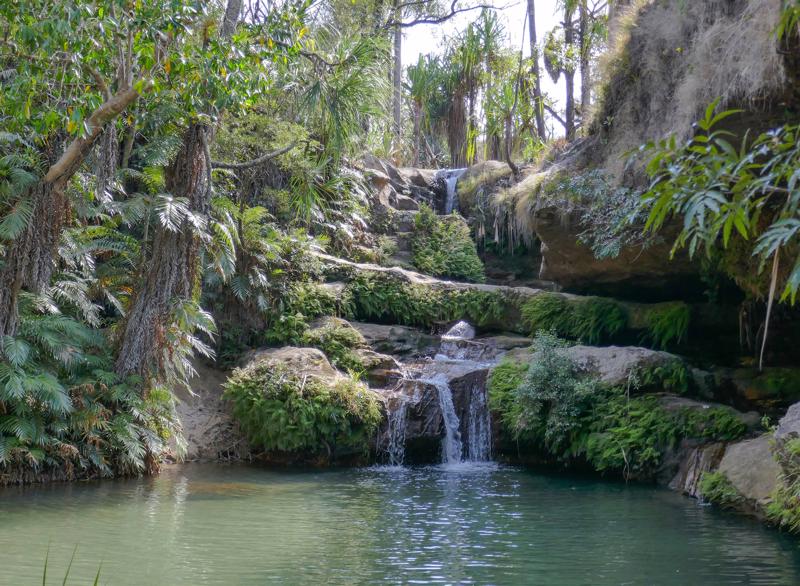
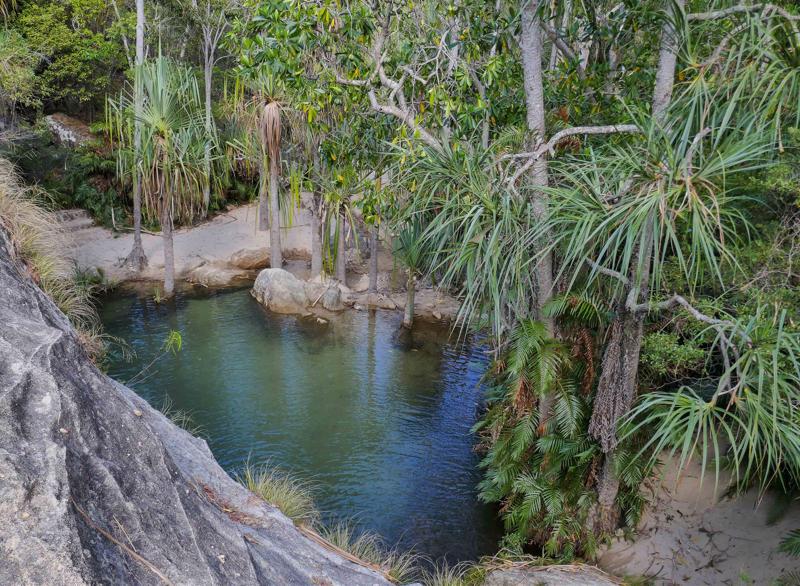
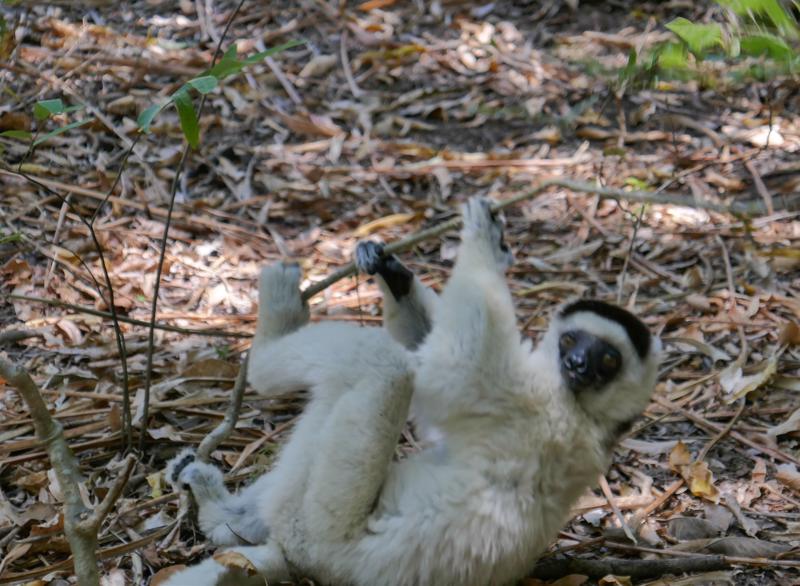
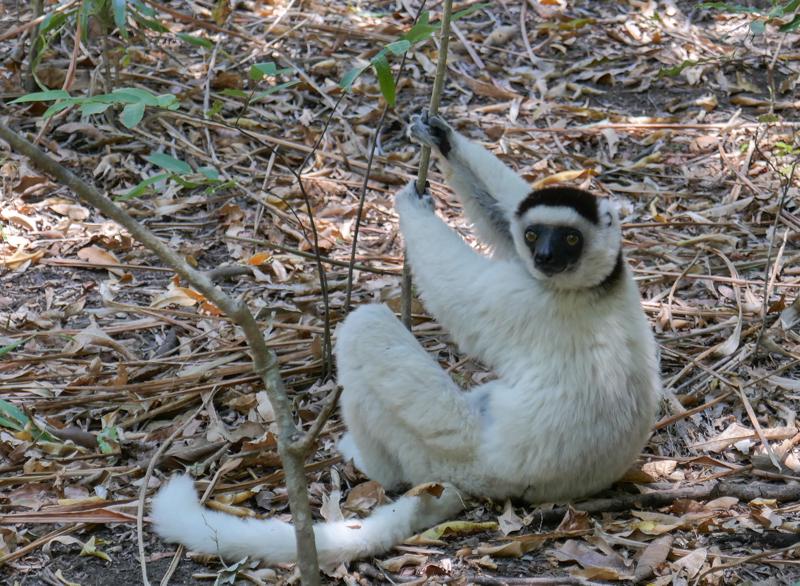
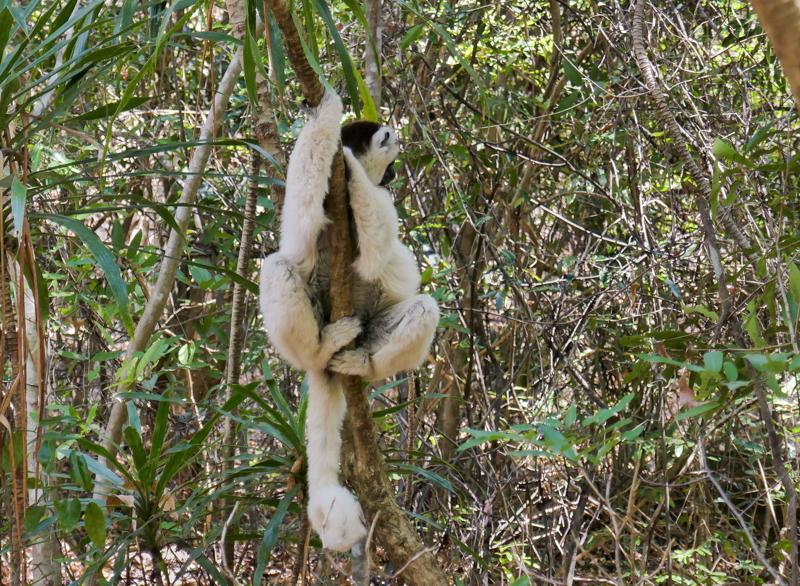
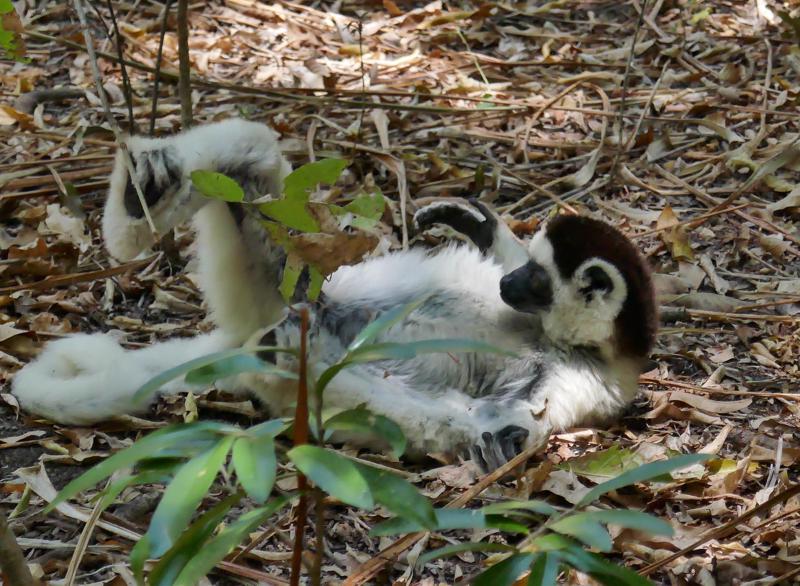
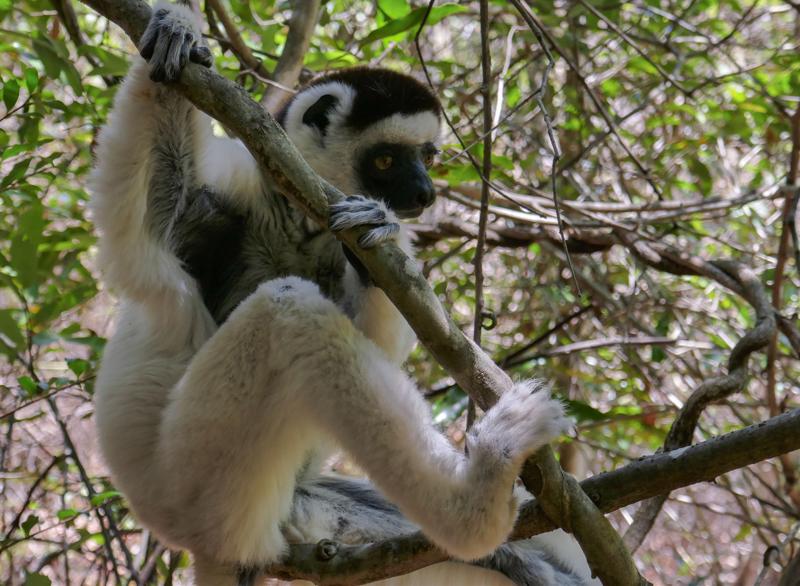
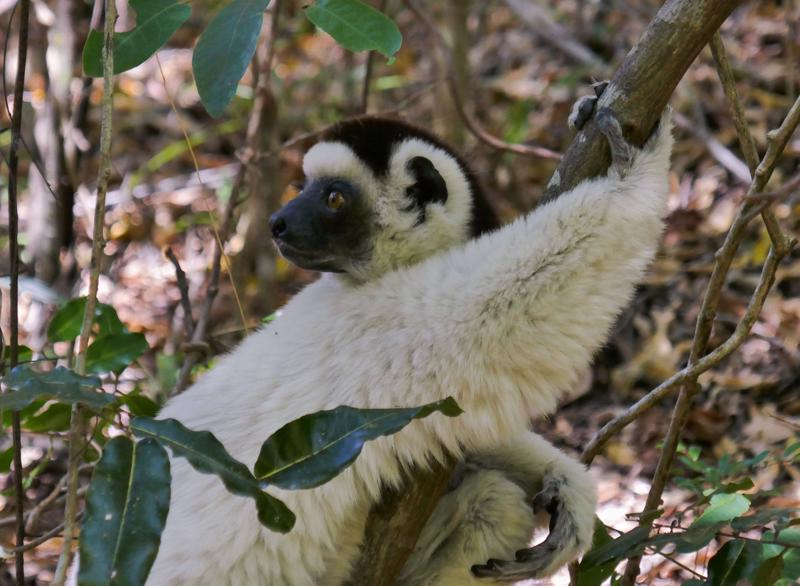
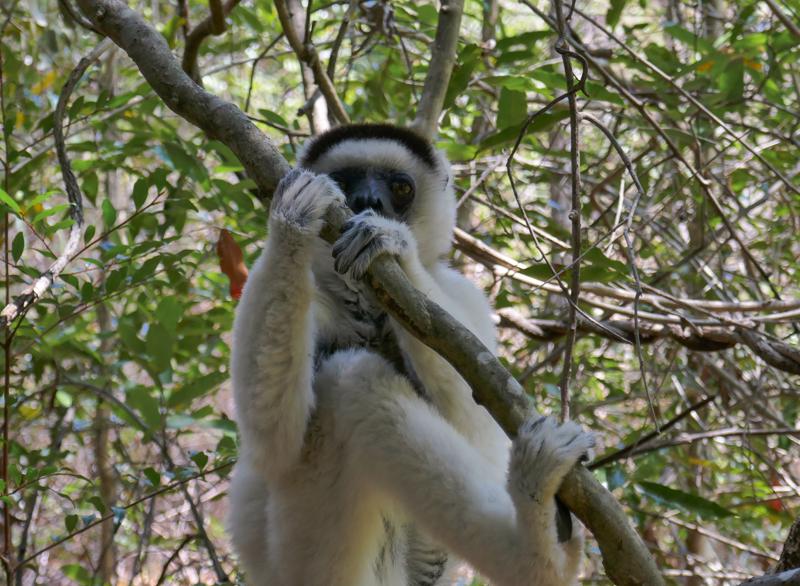
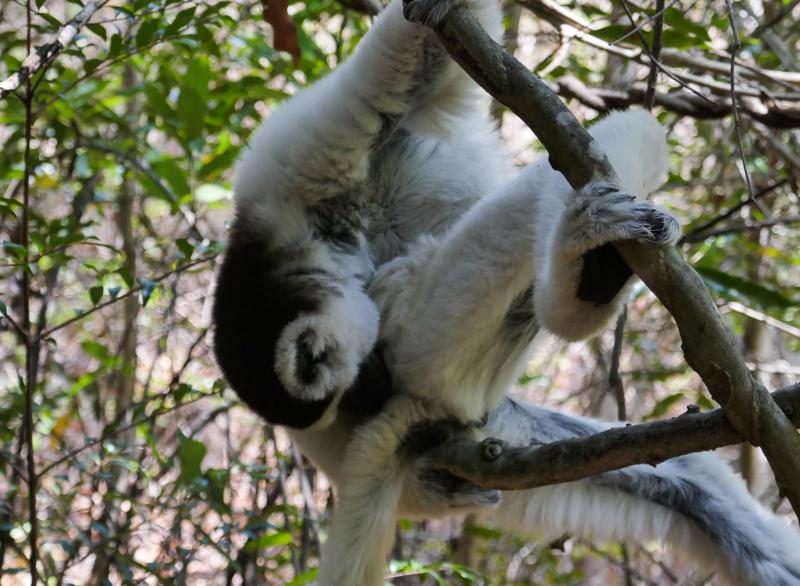

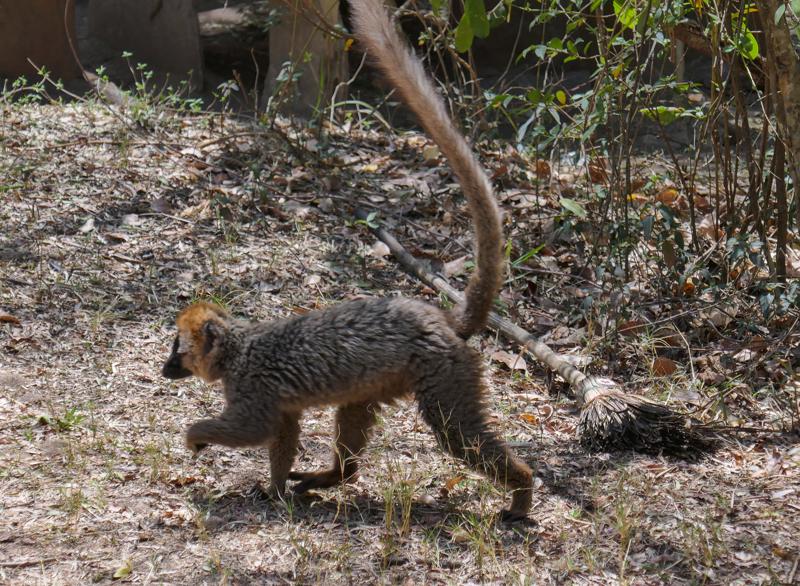
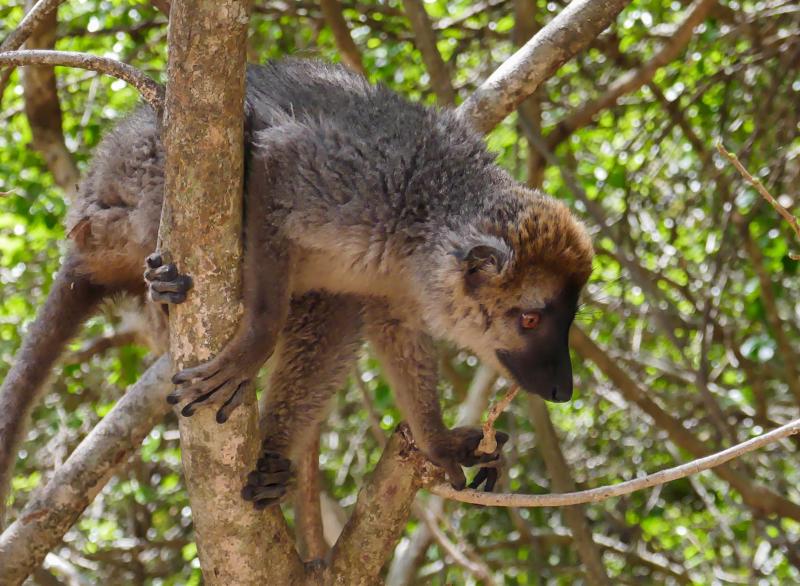
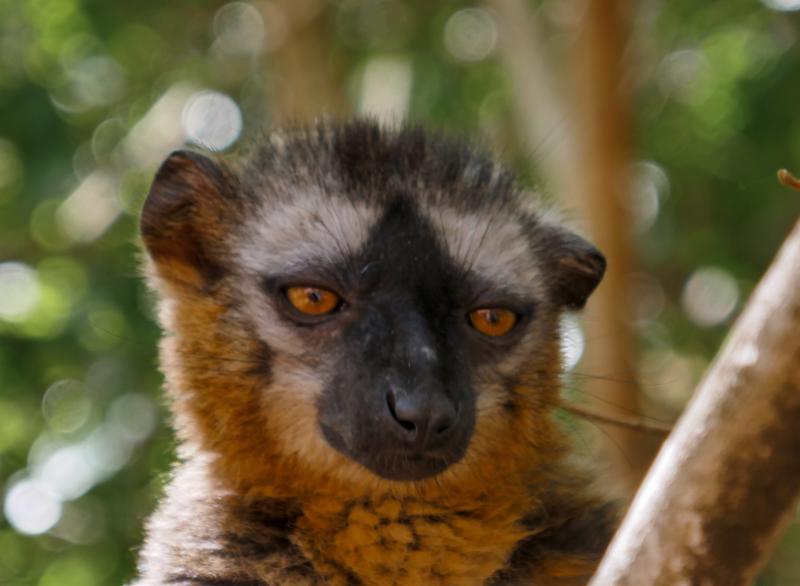


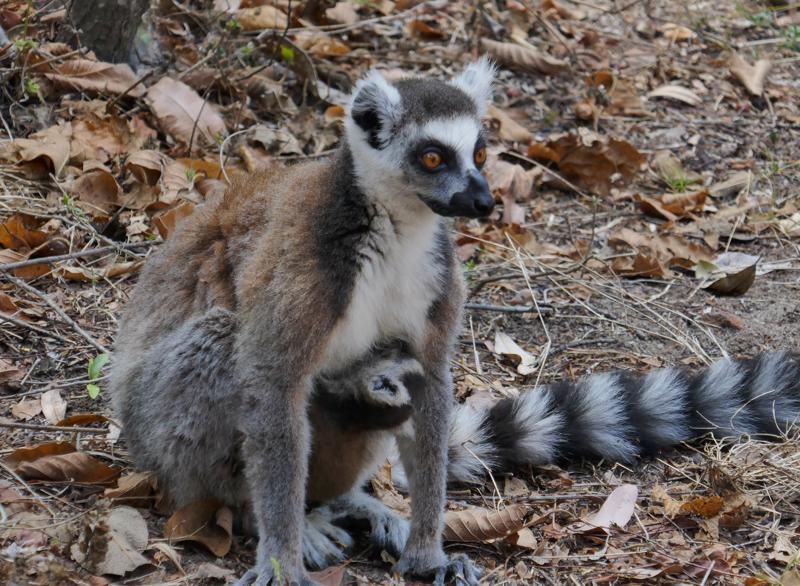
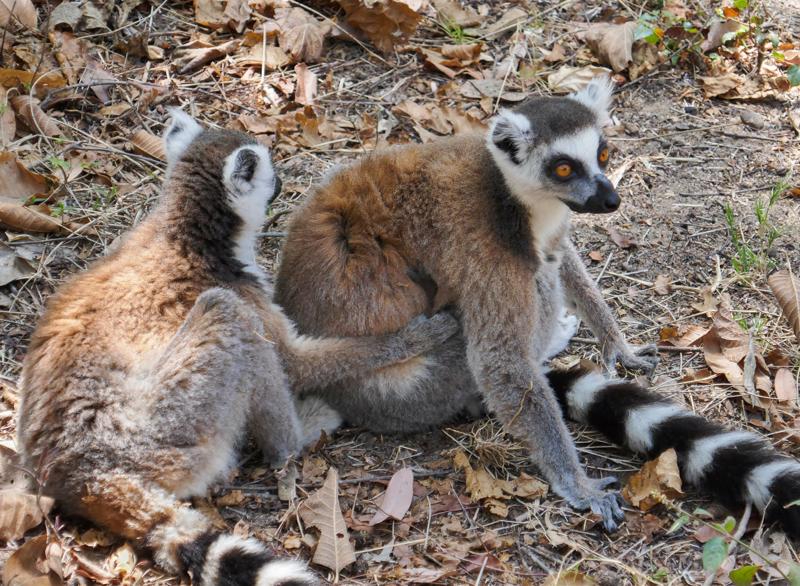



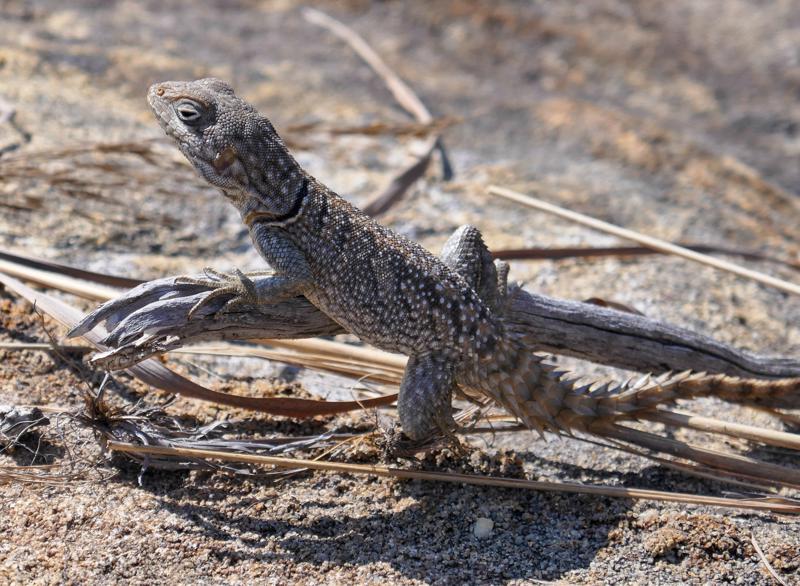
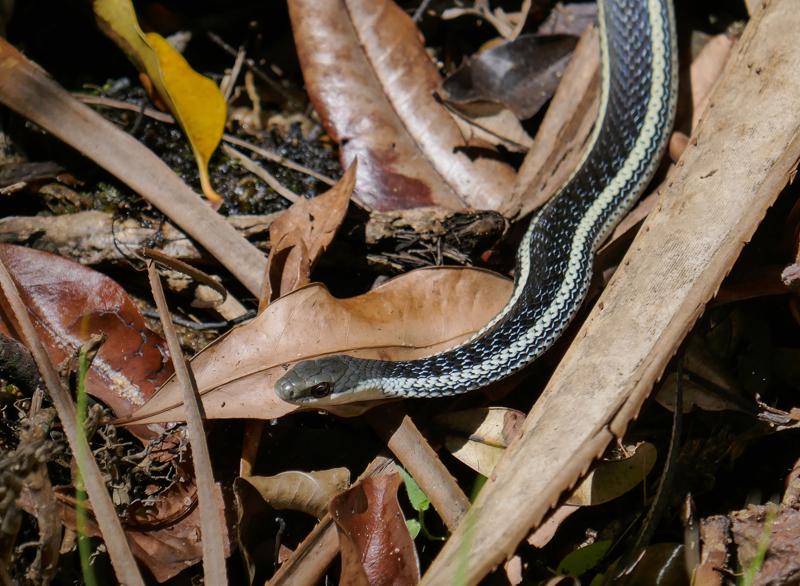



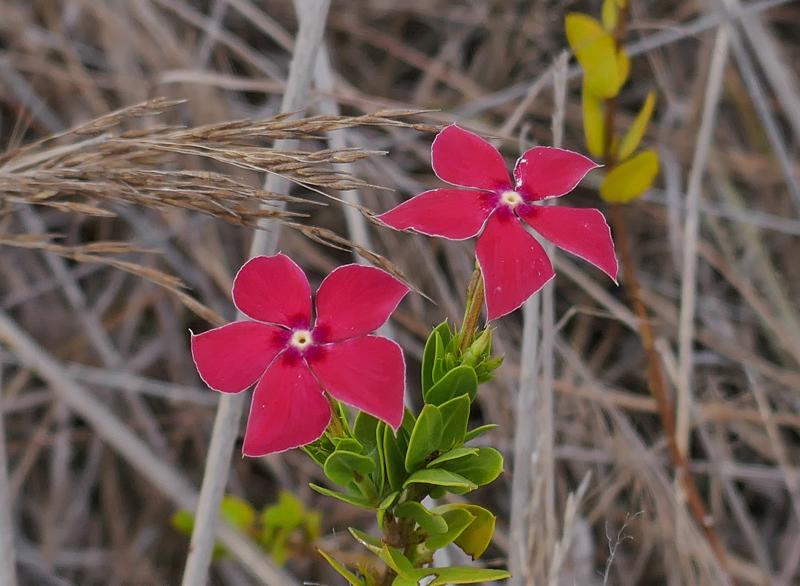
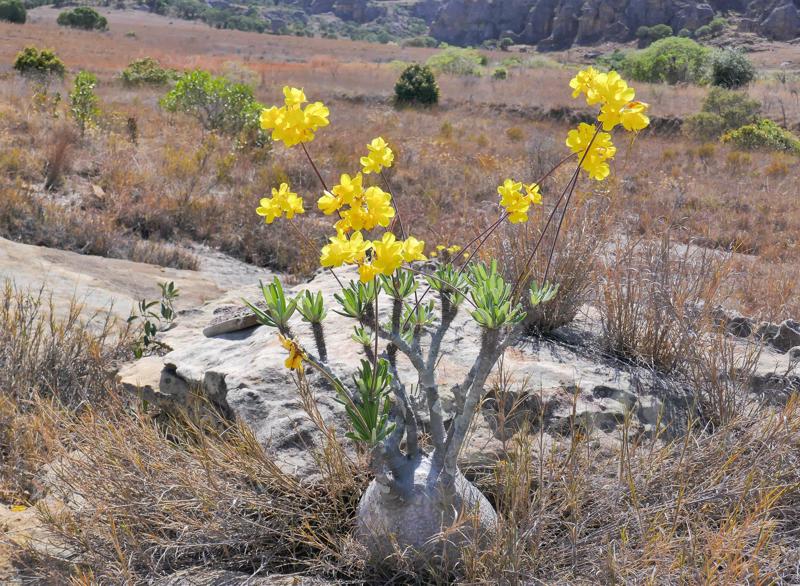
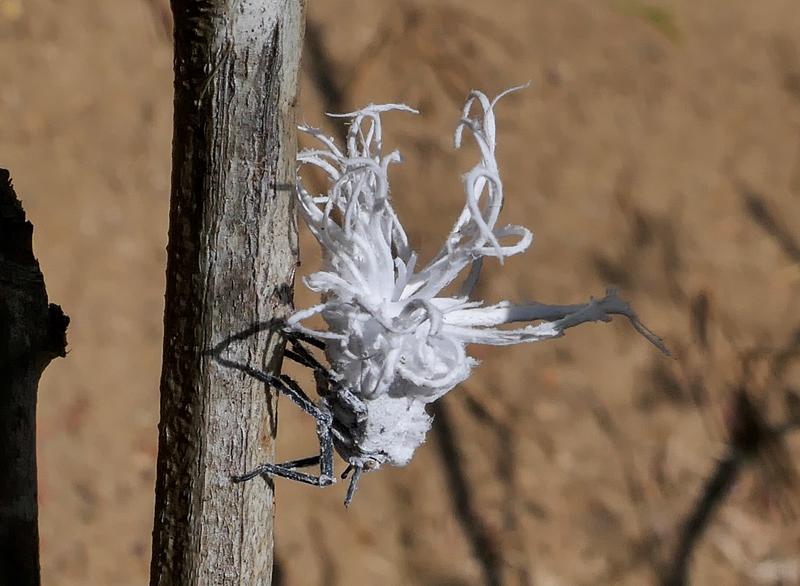

1.
[Madagascar] Chapter XIV: In which we cross the whole of South-East Africa without ever seeing it
2.
[Madagascar] Chapter XV: In which the machine of banknotes disgorges some millions of ariary
3.
[Madagascar] Chapter XVI: In which R does not seem to misunderstand in the least what is said to him
4.
[Madagascar] Chapter XVII: Showing what happened on the voyage from lemur to lemur
5.
[Madagascar] Chapter XVIII: In which a tummy, a taxi-brousse, and a city go each about its business
6.
[Madagascar] Chapter XIX: In which we take a too great interest in water, and what comes of it
7.
[Madagascar] Chapter XX: In which we come face to face with a cliff face
8.
[Madagascar] Chapter XXI: In which the master of the "Kofifi" runs great risk of gaining ariary
9.
[Madagascar] Chapter XXII: In which we find out that, even here, it is convenient to have some money
10.
[Madagascar] Chapter XXIII: In which our pause becomes outrageously long
11.
Summary of Part II and Onwards to Part III
Share your travel adventures like this!
Create your own travel blog in one step
Share with friends and family to follow your journey
Easy set up, no technical knowledge needed and unlimited storage!
© 2025 Travel Diaries. All rights reserved.